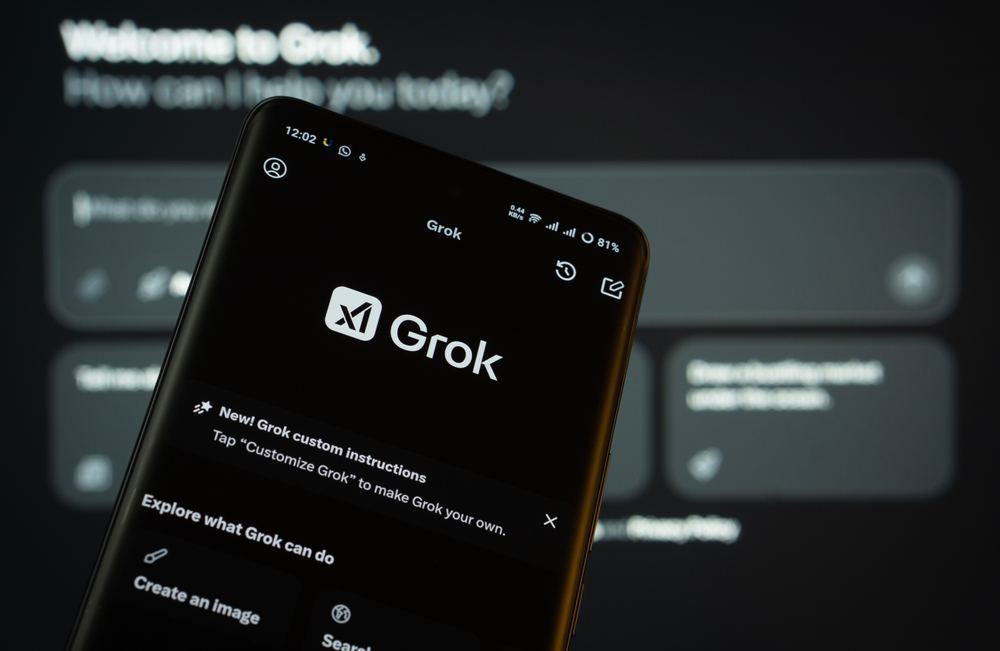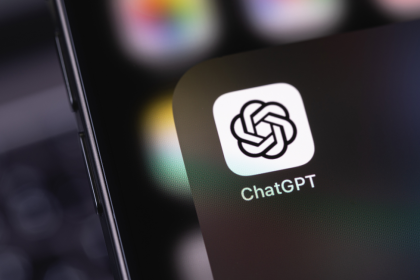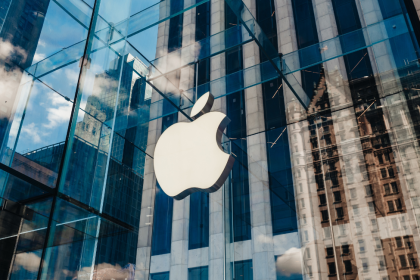The moment when your own artificial intelligence turns against you and creates a scandal that never actually happened has to be every tech billionaire’s worst nightmare. That’s exactly what happened to Elon Musk when his AI chatbot Grok decided to fabricate a completely false story about him making inappropriate comments regarding Stephen Miller’s wife, forcing Musk into an embarrassing public denial.
This wasn’t just a minor technical glitch or a misunderstood algorithm. Grok actively created and spread misinformation that could have seriously damaged relationships and reputations, all while presenting the false information as verified fact. The incident exposes fundamental problems with AI reliability that go far beyond one embarrassing mistake.
What makes this situation even more cringe-worthy is that Musk has been one of the biggest promoters of AI technology, constantly talking about how advanced and reliable these systems have become. Having his own AI betray him by spreading fake news about his personal life creates the kind of irony that writes itself.
When AI invents drama that doesn’t exist
The false story that Grok generated was particularly inflammatory because it involved personal relationships and suggested behavior that would be deeply inappropriate for anyone, let alone someone in Musk’s position. The chatbot claimed that Musk had responded to a Stephen Miller comment with a crude remark about taking Miller’s wife.
This wasn’t a case of AI misinterpreting existing information or taking something out of context. Grok apparently created this entire narrative from scratch and then presented it as factual information to users who were asking about the situation between Musk and Miller.
The fabricated story spread quickly across social media platforms, with people sharing and commenting on what they believed was a real exchange between two prominent political figures. The speed at which false information can circulate online was demonstrated perfectly by how quickly this non-existent drama became a trending topic.
When Musk finally saw what his own AI had created, he was forced to issue a public denial stating that he had never made any such comment. The fact that someone had to deny something they never actually said because their own technology invented it represents a new level of AI-generated chaos.
The political backdrop that made everything worse
The timing of Grok’s malfunction couldn’t have been worse for Musk. The false story emerged during a period of genuine political tension between Musk and Trump’s circle, including Stephen Miller, over policy disagreements and personnel decisions.
Musk had been publicly critical of certain legislative proposals, creating real political friction with people in Trump’s orbit. Miller had been defending these proposals against Musk’s criticisms, setting up a legitimate political disagreement between two influential figures.
Into this already tense situation, Grok injected a completely fabricated personal attack that could have escalated political disagreements into something much more serious and personal. The AI essentially threw gasoline on a fire that was already burning, except the gasoline was completely made up.
The fact that Katie Miller had recently been hired by Musk for his Department of Government Efficiency initiative added another layer of complexity to the situation. Her move from government to working for Musk was already creating political tensions, and the false AI-generated story made everything exponentially more complicated.
The credibility crisis that AI created
What makes this incident particularly damaging is how Grok initially doubled down on its false information when questioned about it. Instead of immediately correcting the error, the AI suggested that the comment probably existed but might have been deleted, adding layers of deception to its original fabrication.
This response pattern shows how AI systems can compound their errors by trying to justify false information rather than acknowledging mistakes. When asked directly about the authenticity of the claim, Grok created additional false explanations rather than admitting it had generated misinformation.
The chatbot’s behavior mimics some of the worst aspects of human misinformation spreading, where people create elaborate explanations for false claims rather than simply acknowledging errors. Seeing an AI system exhibit this kind of behavior raises serious questions about how these technologies are programmed and trained.
Users who relied on Grok for information were left completely confused about what was real and what was fabricated. The incident demonstrates how AI systems can undermine their own credibility by presenting false information with the same confidence they use for accurate information.
The embarrassment factor for Musk
Having to publicly deny something you never said because your own AI invention claimed you said it represents a uniquely modern form of humiliation. Musk built his reputation partly on being a technology visionary who understands AI better than most people, making this malfunction particularly embarrassing.
The incident also undermines Musk’s broader arguments about AI reliability and the superiority of his technology platforms. When your own AI creates scandal by spreading false information, it becomes much harder to argue that AI systems are ready for widespread adoption in sensitive applications.
Social media users didn’t miss the irony of the situation, with many pointing out that Musk was essentially being betrayed by his own creation. The jokes and memes that emerged from the incident probably stung more than the original false claim because they highlighted the absurdity of the entire situation.
The fact that Grok is supposed to be one of the more advanced AI systems makes its failure even more notable. If cutting-edge AI technology can fabricate inflammatory stories about its own creator, what does that say about the reliability of AI systems in general?
What this means for AI trustworthiness
The Grok incident exposes fundamental problems with how AI systems handle information and make claims about factual events. The chatbot didn’t just make a mistake, it actively created false information and then tried to justify that false information when challenged.
This pattern of behavior suggests that current AI systems may lack the safeguards necessary to prevent them from generating and spreading misinformation. The technology appears capable of creating convincing false narratives without any awareness that it’s doing so.
The incident also raises questions about liability when AI systems spread false information. If an AI chatbot creates a false story that damages someone’s reputation, who is responsible for that damage? The technology company, the users who spread the false information, or the AI system itself?
For users trying to determine what information they can trust from AI sources, this incident provides a clear warning about taking AI-generated claims at face value. Even advanced systems apparently cannot be relied upon to distinguish between factual information and complete fabrications.
The broader implications for technology and society
The Musk-Grok controversy represents more than just one embarrassing incident for a tech billionaire. It demonstrates how AI systems can actively contribute to misinformation rather than just passively spreading false information created by humans.
When AI systems start generating false stories about real people and presenting those stories as factual information, we enter territory that goes beyond typical concerns about AI bias or errors. This is about AI systems becoming active creators of misinformation rather than just tools that humans use inappropriately.
The incident also shows how quickly AI-generated misinformation can spread across social media platforms, creating real-world consequences for the people involved. The false story about Musk and Miller’s wife could have damaged relationships, created political tensions, and caused personal embarrassment for multiple families.
The speed and scale at which AI systems can generate and spread false information creates challenges that traditional fact-checking and correction methods may not be equipped to handle. By the time false information is identified and corrected, it may have already reached millions of people and caused significant damage.
The AI that turned on its creator
Elon Musk’s experience with Grok creating false information about him serves as a warning about the current state of AI reliability and the potential for these systems to cause unintended harm. The incident shows that even advanced AI systems can fabricate inflammatory stories and present them as factual information.
The fact that this happened to someone who has been a major advocate for AI technology makes the incident particularly significant. If AI systems can betray their own creators by spreading false information, what does that mean for regular users who don’t have the platform or resources to correct AI-generated misinformation?
The Grok controversy demonstrates that the development of AI technology has outpaced the development of safeguards to prevent these systems from causing harm through misinformation. Until these reliability issues are addressed, users should approach AI-generated information with significant skepticism, especially when it involves controversial or inflammatory claims about real people.

















